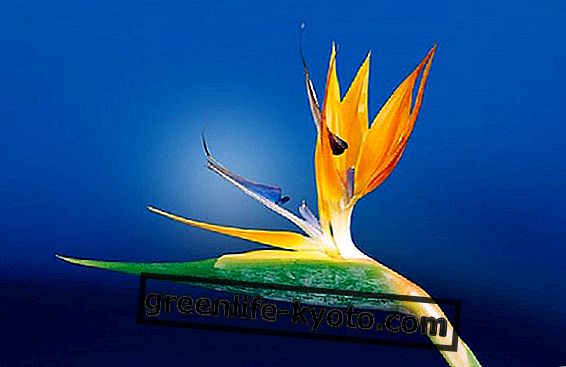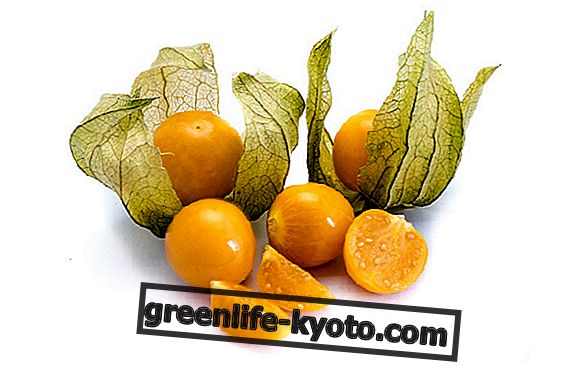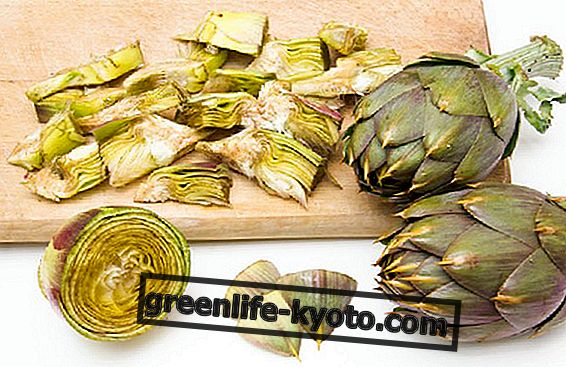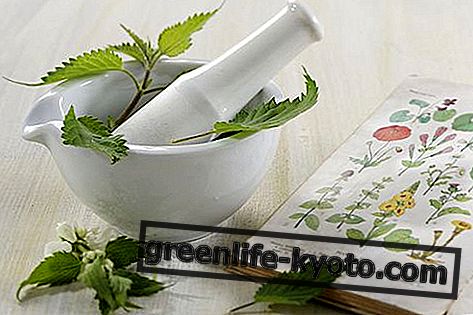Ivy ( Hedera helix ) is a plant belonging to the Araliaceae family. Very used in cosmetics, in particular against stretch marks, it has a healing and elasticizing action for the capillaries. Let's find out better.

Ivy properties
The medicinal properties of ivy are often used in cosmetics, where its extracts are mixed with neutral creams to remedy the imperfections of the skin, especially in the case of stretch marks, due to the healing, nourishing, toning and elasticizing properties of the capillaries.
Ivy extracts are also used in herbal medicine given their ability to soothe coughs and the principles of bronchitis, thanks to their analgesic, cough suppressant and expectorant abilities.
Method of use
Inside : in herbal medicine and pharmacy you can find extracts and dried plants, such as preparing infusions and herbal teas to treat the respiratory tract . It is important to buy dry leaves only in herbal medicine, as they must be harvested in a precise season, during which the percentage of toxins contained in them is less than usual.
Exterior : the application of ivy-based cosmetic creams on the areas of the body most affected by cellulite is a classic remedy obtained from young ivy leaves. In northern Europe, both in Ireland and in Scandinavia, an ancient use of the so-called "ivy water" is documented to rinse the eyes in case of irritation, inflammation and infections.
Contraindications of ivy
The ivy contains within it saponins that can trigger skin irritations in sensitive individuals.
There are ancient recipes that involve the use of berries, which are also rich in saponins and capable of irritating the internal mucous membranes and the gastric tract, therefore it is not recommended for improvised use.
Falcarinol present in the plant is a toxin, an irritating fatty alcohol that can attack the skin and, if taken in high doses, have neurotoxic effects.
Ivy is also used as a natural dye for fabrics: discover others

Description of the plant
The ivy plant is easily recognizable and is now part of the common imaginary thanks to its beautiful leaves, green five-pointed stars that lean on lignified climbing vines and that are used to cover and decorate the walls of houses or border belts .
The fruit, which develops in small clusters, is a bluish or yellowish black berry, toxic to humans but delicious for many types of birds. With due support the ivy plant is capable of developing even beyond the thirty meters, and that species of thick "hair" present on the climbing branches are actually aerial roots modified so as to cling to rocks or other trees.
As an ornamental plant, there are many varieties and crosses, therefore it can present various peculiar characteristics, especially with regard to the size of the leaves, their color (which can range from green intended, to whitish to red-colored) and their design (uniform, veined, marbled, etc.)
Habitat of ivy
The ivy grows and thrives in humic environments, such as the shady areas of the woods, where it covers and parasites even very tall plants. In the countryside it is not uncommon to come across ivy-covered ruins. It can withstand the icy climates of the northern countries as much as the scorches of the countries of the fertile crescent.
It is believed that it originated from the ancient laurisilva which in the past covered the ancient Mediterranean area, in fact ivy, in its different varieties it was originally found from the Canary Islands (where some remains of ancient laurisilva still exist in part) to the Caucasus passing for the Balkans, northern Africa and southern Europe.
It loves soils with a rather neutral pH and prefers to avoid direct sun. Hardly able to propagate strongly at low temperatures.
Background
In the years of the conquest of the New World and the New World, the introduction of this plant in countries such as Australia, New Zealand, USA and Canada has caused damage to endemic vegetation due to the invasive potential of ivy .
In ancient heraldry the symbol of the ivy represented persistence, tenacity, a sacred friendship, of blood, not forgetting.
The ivy was also sacred to the Celtic druids, and the cults that concerned it persisted until the medieval times, where in fact we find ivy-based recipes in witchcraft treatises, especially when it comes to love recipes.












